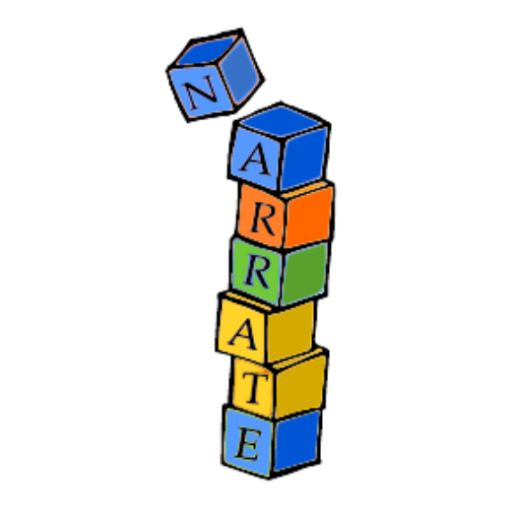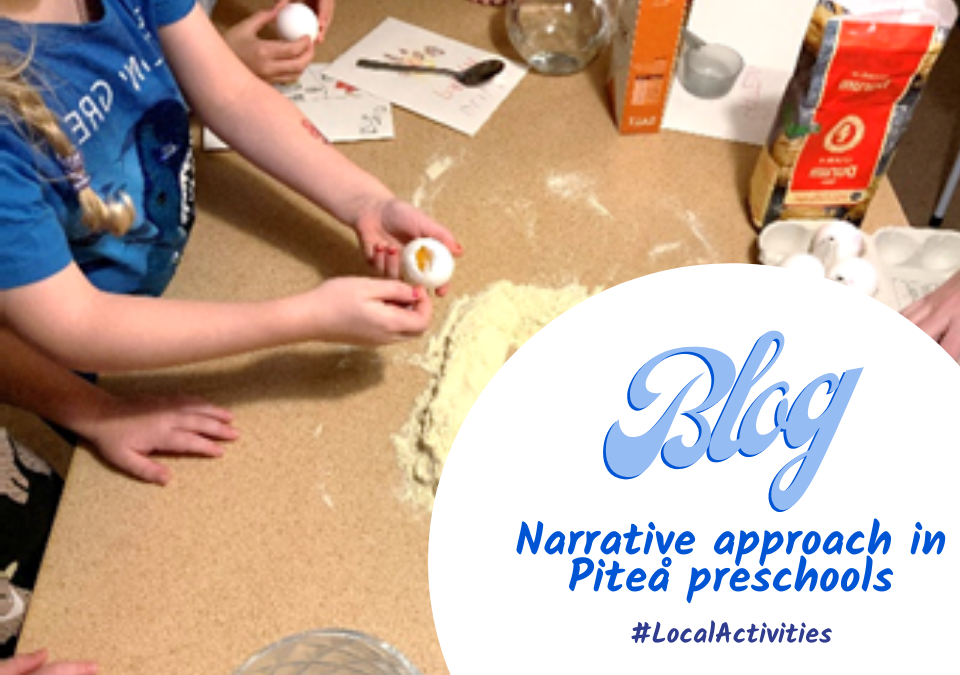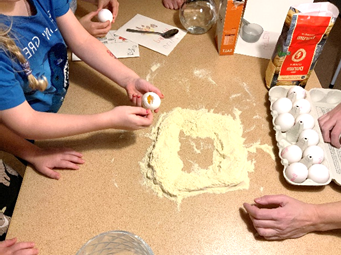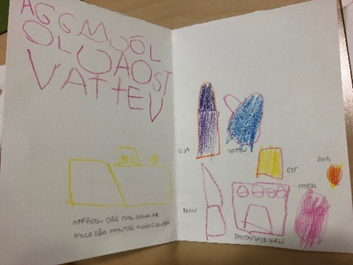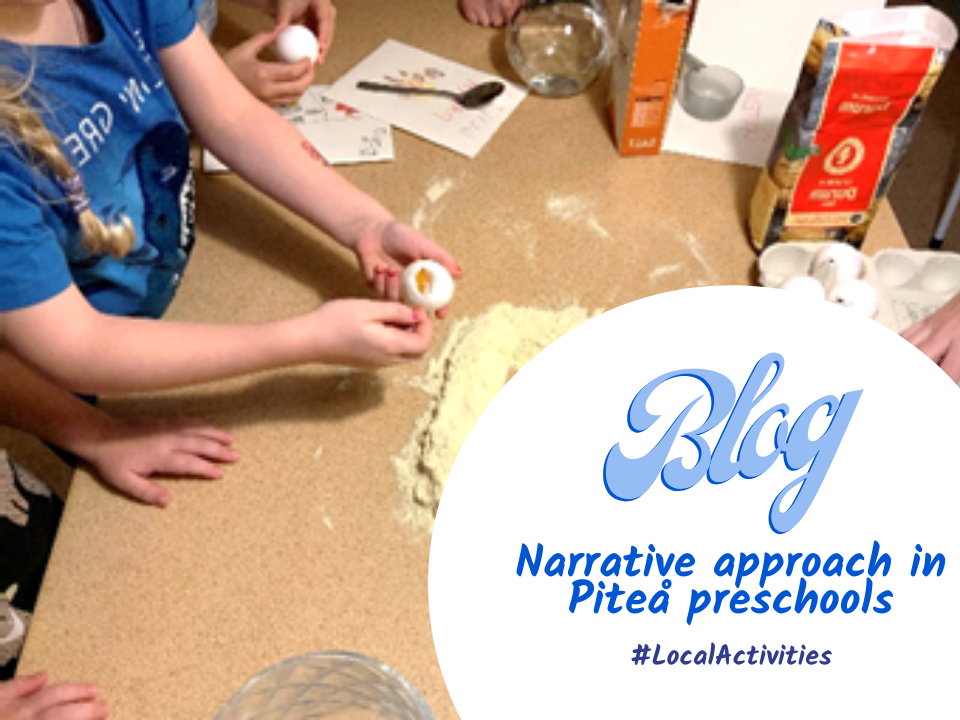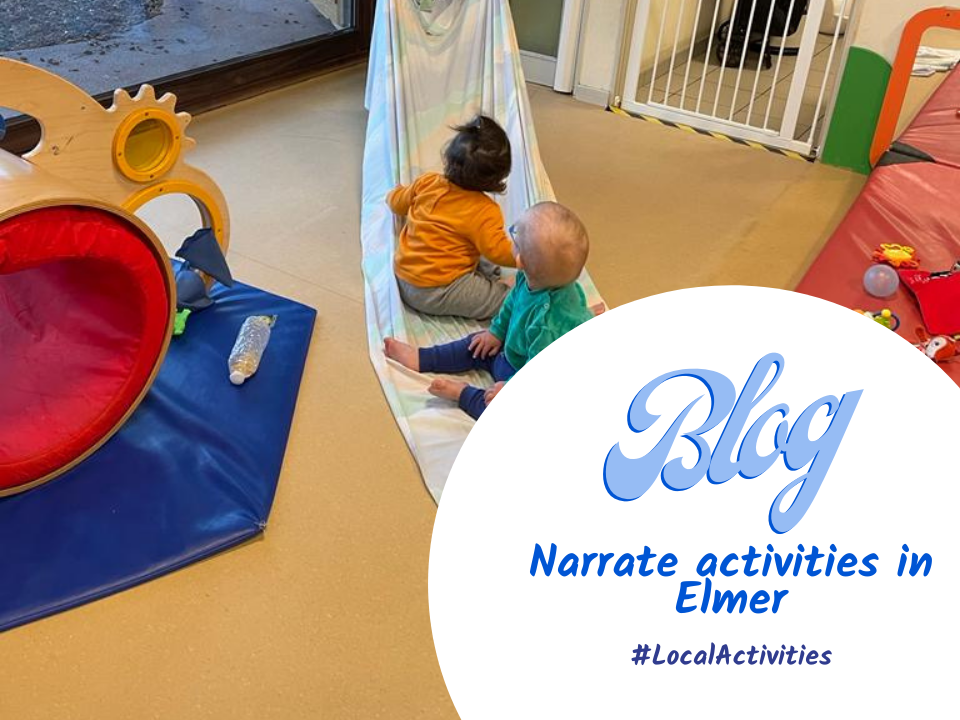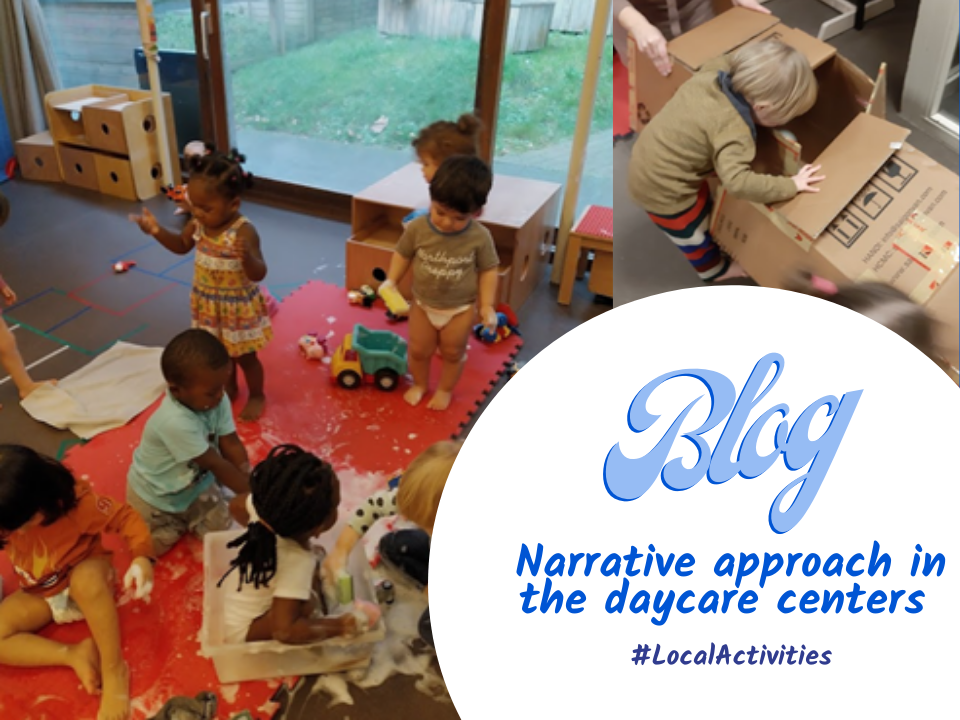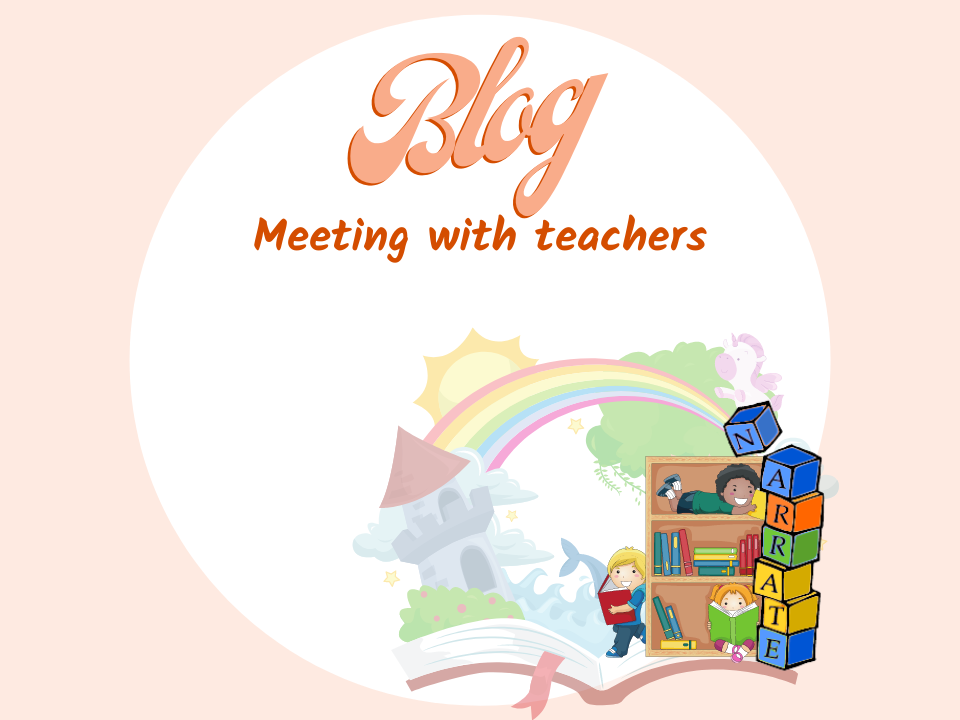
3rd Meeting with Teachers
March 14, 2022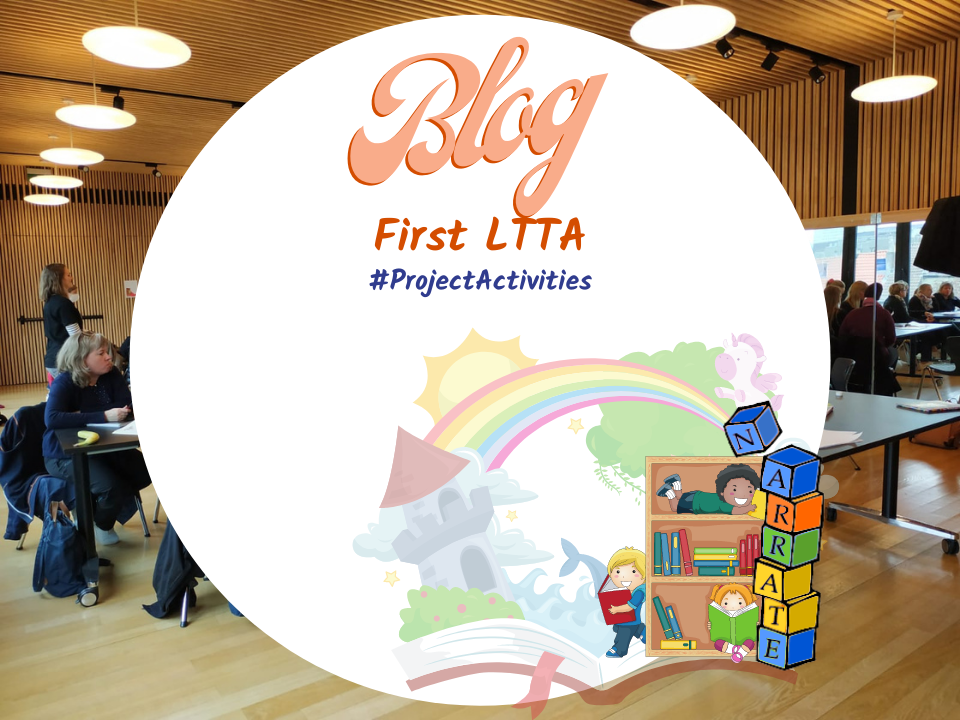
FIRST LTTA – Narrate Project
April 15, 2022Narrative projects in Piteå preschools
We are working on three different narrative projects in our preschools. During the autumn, we began to observe which games the children played, and which materials or phenomena interested them.
In the oldest group of 4–5-year-old children, we have started from the children's recurring play, which is about playing restaurant. We have set up a corner at the preschool that has become a pizzeria. We visited a pizzeria so that the children would have ideas to arrange their own pizzeria. We want the children to be involved in the whole process of creating materials for their pizzeria and they have trained themselves to set the table, write menus and cook for real.
Bäcken preschool
In the class of three-year-old’s, we discovered that children's games and conversations were often about vehicles. They often play with cars and other kinds of vehicles. We have involved the parents in the work by having them tasked with making a short story that shows how their family made a short journey by car or some other vehicle. These stories have been shared by the children and told to the group. Then the teacher and the children played the story. The children have enjoyed being the main character and leading the game, the other children have happily participated. Through these everyday stories, the children's games have gained a richer content, the children have gained more experiences that they can recreate in play and then they have both got to listen to each other's stories and understand that everyone has different experiences.
Everyday story: One child tells us about her trip with her family, and afterwards we retell the story by playing scenes from it.
Larven preschool
With our youngest children, we have investigated how music, dance and movement can become a narrative. The children adapt to the rhythm of the music, they are sensitive to the character of the music and respond to the music through their movements. We notice that when the music has a fast and clear rhythm, the children move quickly and use to spin, commute arms and legs, run and jump. When the music has a slow or is without rhythm, the children use their hands and arms more. We are fascinated by how the children follow each other in the dance, they often move in the same direction. They also want to be close to each other and we see how they test each other's movements. The children often get to draw or paint after we danced, and we can see how their movements become a story on paper.
